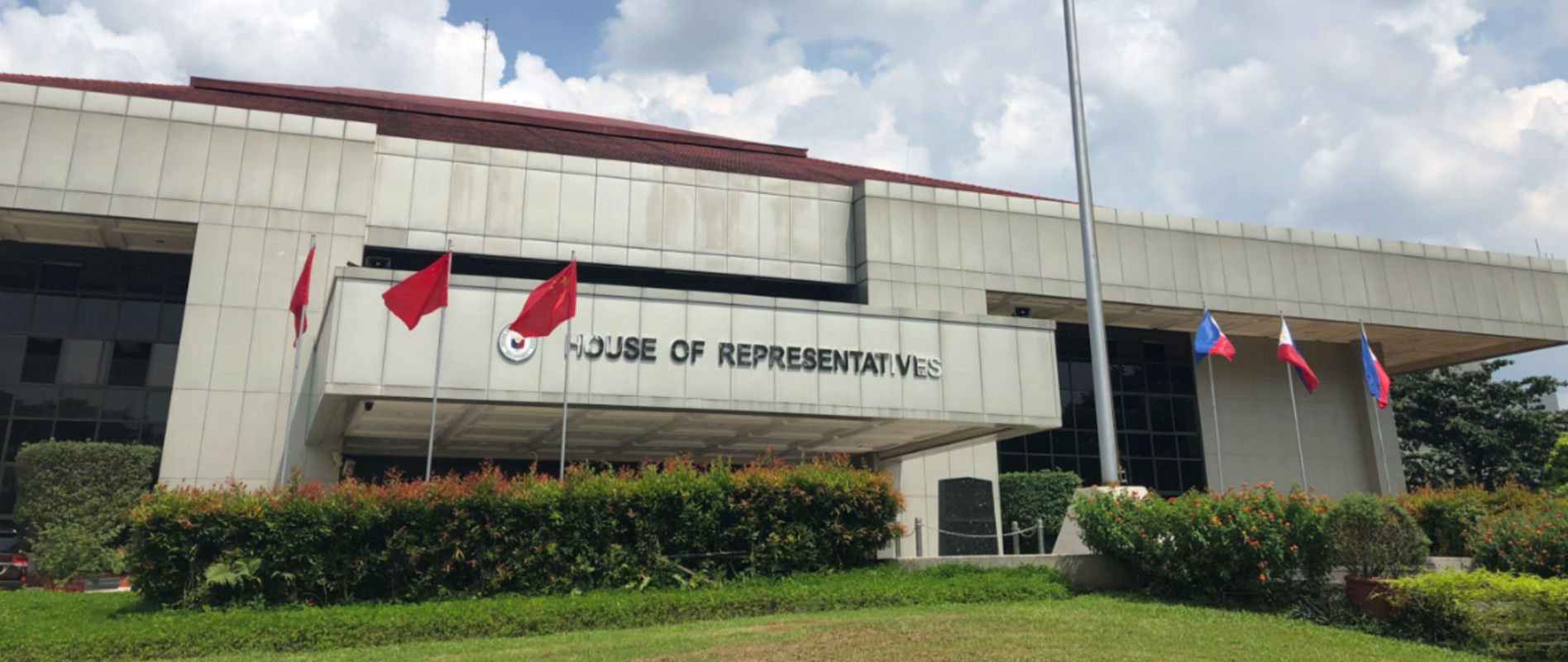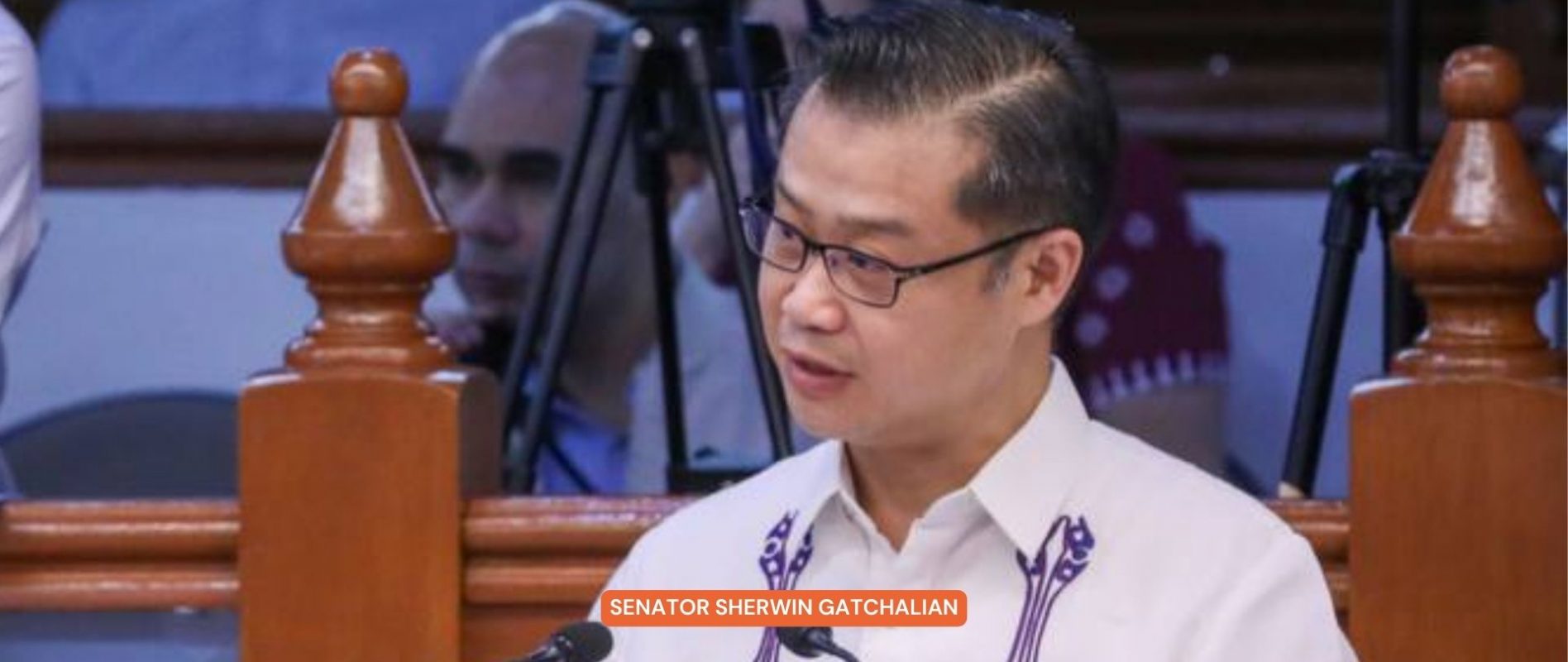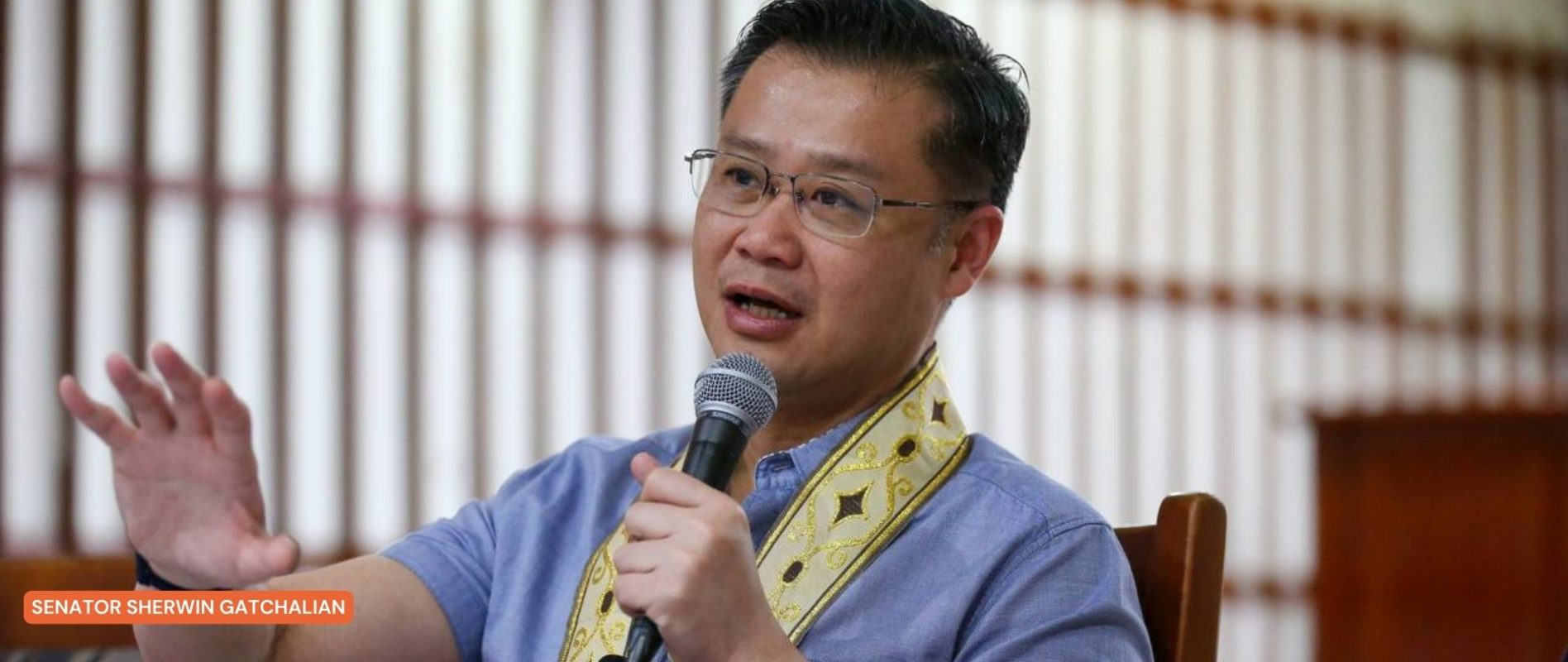HOUSE APPROVES ON 2ND READING MAGNA CARTA OF OSY
THE HOUSE of Representatives on Wednesday approved on second reading the measure seeking to establish the Magna Carta of the Out-of-School Youth.
THE HOUSE of Representatives on Wednesday approved on second reading the measure seeking to establish the Magna Carta of the Out-of-School Youth.
House Bill 9347 or the Magna Carta of the OSY was sponsored by Isabela Rep. Faustino Michael Carlos Dy III.
Dy said the legislation will protect millions of unenrolled Filipino children and adolescents who are at increased risk of exploitation and lifetime cycle of poverty.
“The magna carta of OSY serves as an instrument in protecting the rights of OSY. Protect them from discrimination and violence, ensure their representation in various platforms and preserve their cultural identity,” the lawmaker said.
Based on the data from the Philippine Statistics Authority, the solon said 18 percent of Filipino children aged five to 24 years old were out of school for SY 2022-2023, wherein 50 percent were from poor families.
He also cited data from USAID which showed 25.2 percent or 3.6 million Filipinos were considered OSY in April 2020, higher than 16.9 percent in January 2020.
Dy III also said the magna carta of the OSY is a companion bill to proposed HB No. 8910 or the proposed Adolescent Pregnancy Prevention Act as adolescent parents are also vulnerable to being unenrolled either permanently or temporarily.
“While not all OSYs confront issues related to teenage pregnancy, it is a truism that adolescent pregnancy is the leading cause of out-of-school dropouts either permanently or temporarily,” he added.
The legislator said adolescent mothers are “constrained to adapt to the difficult challenges of conception, childbirth and raising their babies” while adolescent fathers are also directly affected as they are “expected to provide financial support” at a young age.
“This will almost certainly impact employment opportunities and adolescent mothers are most likely to obtain scars or limited incomes if they’d even be able to participate in the labor workforce at all, trapping them further in a generational cycle of poverty,” he added.














